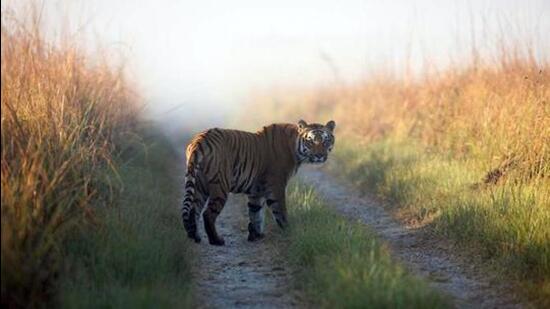Hits and misses in India’s big cat story
The next stage of tiger conservation must focus on expanding forest cover and nurturing the ecosystem required to house the growing population
Madhav National Park in Madhya Pradesh being designated a tiger reserve is testimony of India’s success with tiger conservation. In a little under two decades since 2006, the big cat population has more than doubled, from 1,411 to 3,682. Given that the animal is at the top of the food chain in Indian jungles, the population’s recovery from the brink is an indicator of not just the anti-poaching efforts and crackdown on illegal trade but also the strides made in improving the health of jungle ecosystems in the country — a conservation coup in these times of rapid erosion of biodiversity worldwide.

Tiger conservation in the country has undergone necessary evolution through the decades since the seed was laid in 1973, in the form of Project Tiger. Game hunting and poaching for various reasons including the illegal trade in tiger parts (a key ingredient in traditional Chinese medicine) had caused the animal’s population to dwindle to 268, and the urgency of preventing it from becoming extinct in India prompted the government to set up nine tiger reserves to protect it. With the addition of Madhav National Park, as many as 14 new reserves have come up over the past decade.
The next stage of tiger conservation must focus on expanding forest cover and nurturing the ecosystem required to house the growing population. Given the tiger is a solitary animal and is territorial, sustaining such rapid growth in numbers will require earmarking adequate habitat areas. Habitat addition has not kept pace with rising tiger numbers (and other big cat populations), evident in the frequency of reports of human-tiger conflict in recent years. While the population of tigers outside protected areas has been falling, as per the last such estimation by the National Tiger Conservation Authority, one in four tigers still lives outside the proximate reserve. Correcting this will need innovative facilitation of coexistence in the same geography — temporal and spatial insights on tiger behaviour in an area over the long term will be key to this. That said, many conservationists have pointed out that the focus on the flagship species have come at the cost of protecting many other animals.
All Access.
One Subscription.
Get 360° coverage—from daily headlines
to 100 year archives.



HT App & Website







